Tuesday, June 10th 2025
If we want to talk about modern art, we need to talk about Paul Rousteau. Quoting his biography from his own website, we can say that “born in France in 1985, Paul Rousteau explores the limits of photography and our perceptions. His art, made of optical illusions, navigates between digital art and pictorial materials. At the borders of abstraction and sacred art, his images in joyful colors reveal the deep quest of the artist “to sublimate the visible and show the invisible”. From portrait to landscape, his hallucinatory and contemplative visuals are requested by the biggest magazines, brands and museums”.
"I use bright, radiant colors because they visually capture the emotion i sometimes feel when i see the world and its beauty"
His approach when it comes to his work is clearly based on experimentation, as his pictures are not always sharp in-focus images, and they challenge our perception of things – and we love that. As The Light Observer stated: “Navigating between figuration and abstraction, painting and digital art, Paul Rousteau has developed his own aesthetic: enigmatic figures bordering on hallucinations that seem like they’re straight from the pages of a waterlogged photo album”, and that pretty much sums it up, he’s as punk as you can get when it comes to digital art and thinking outside of the box.
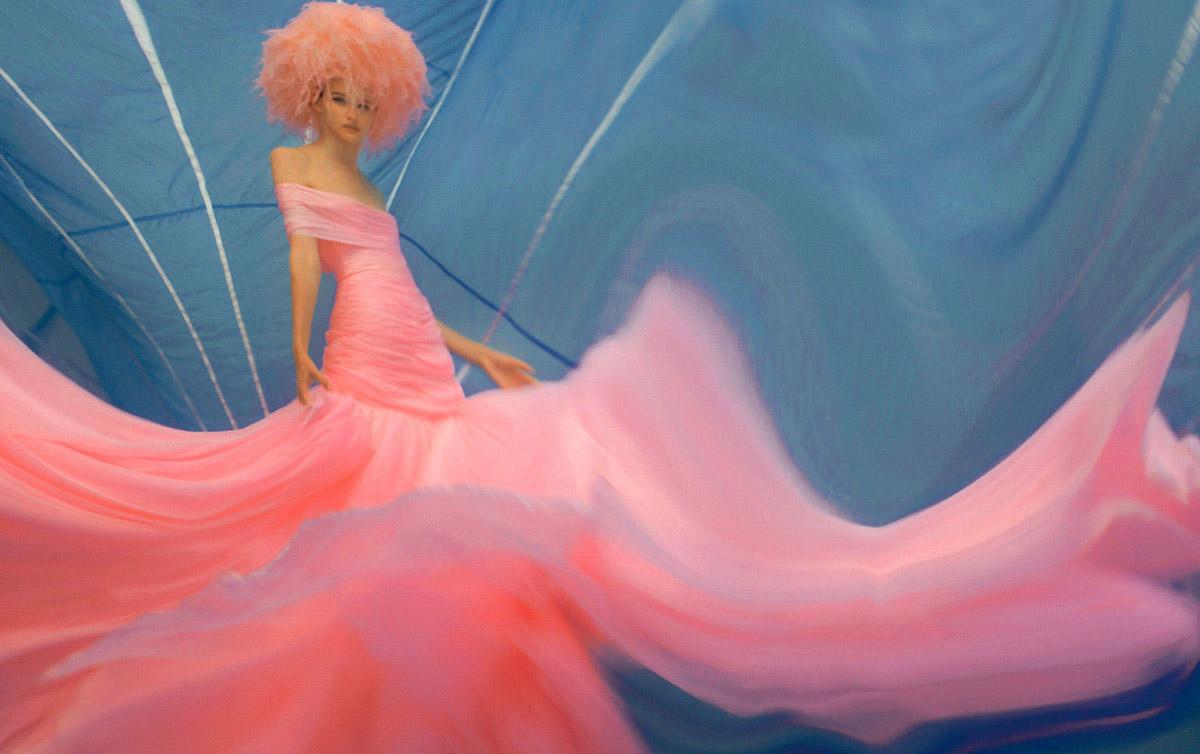
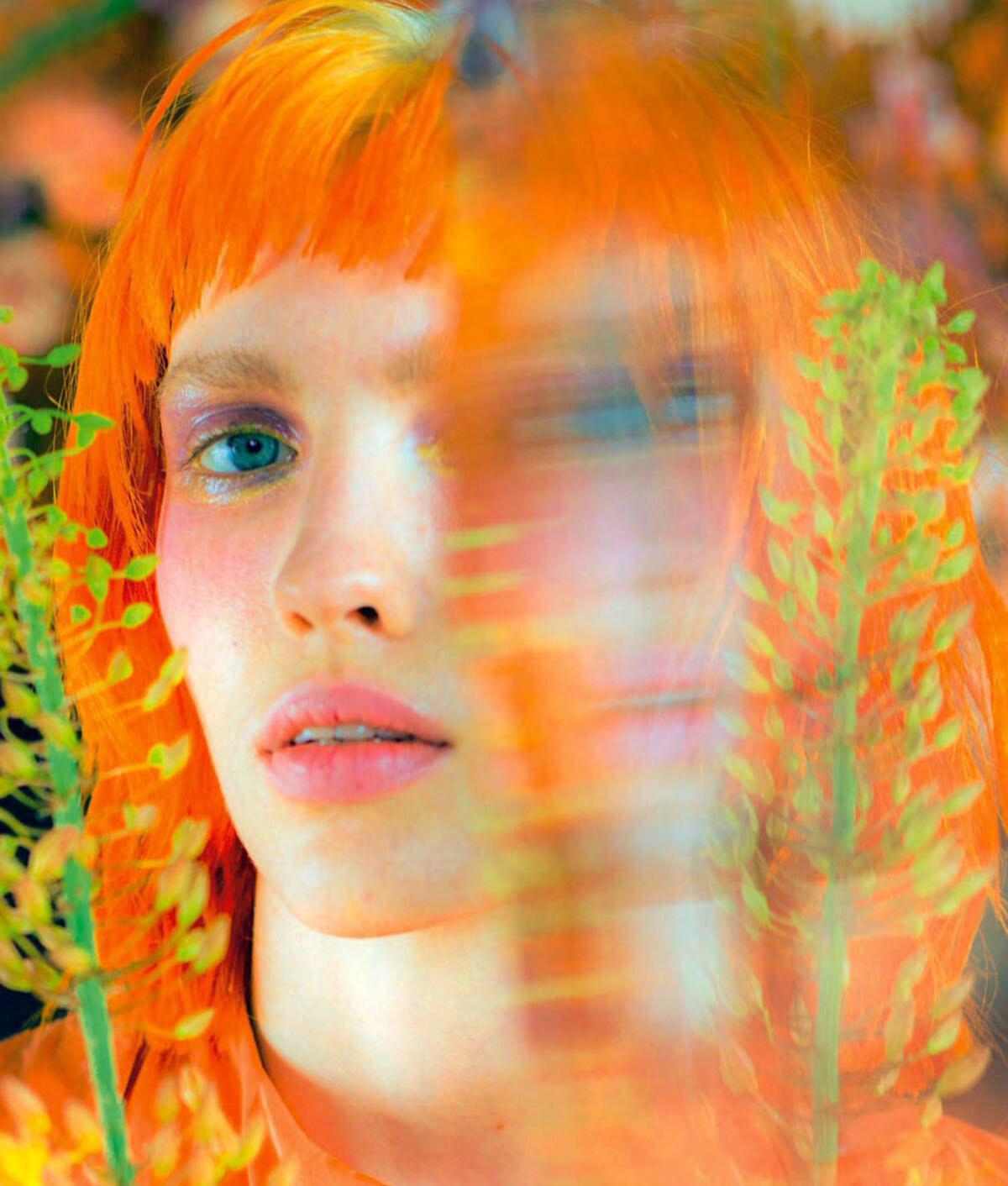
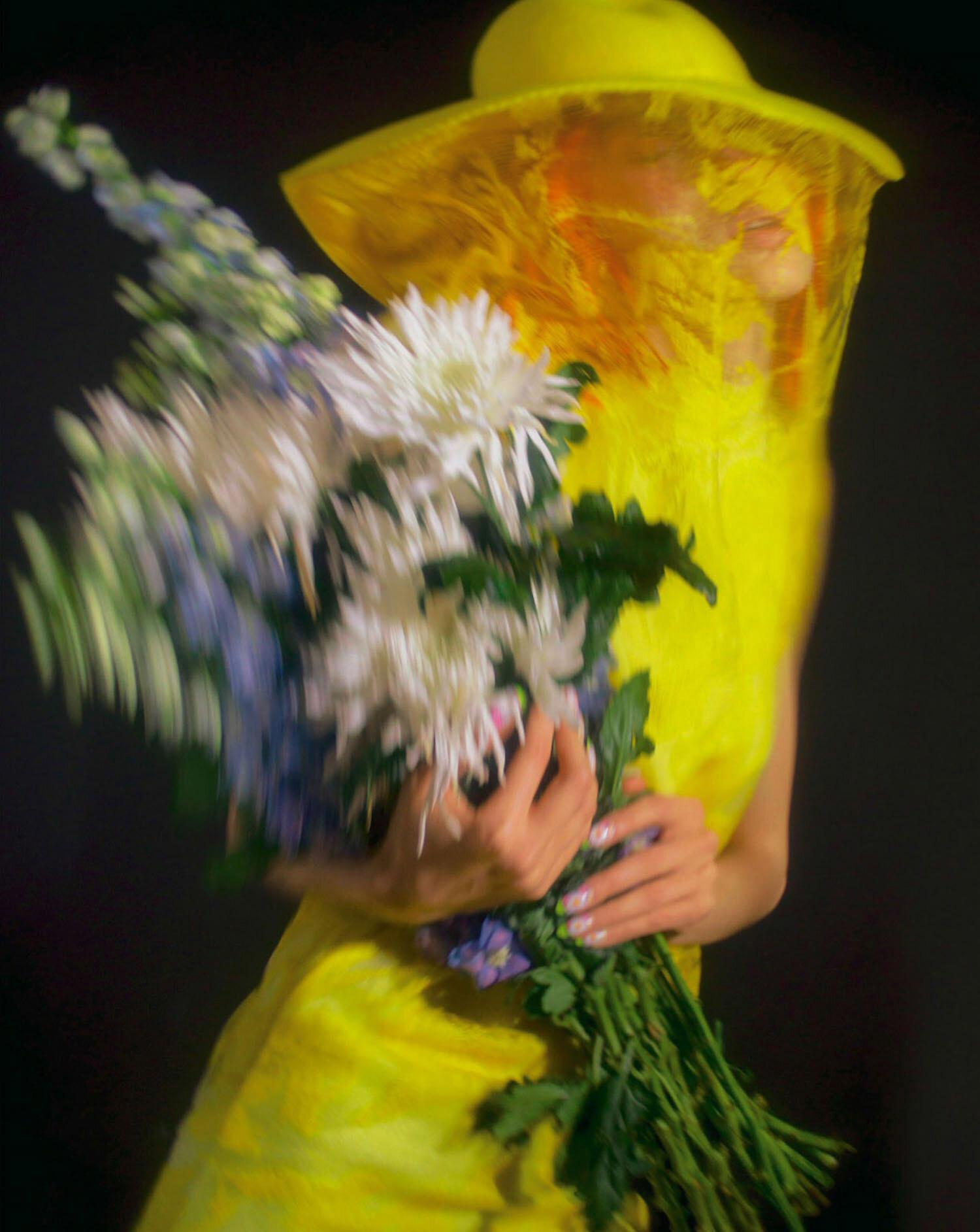
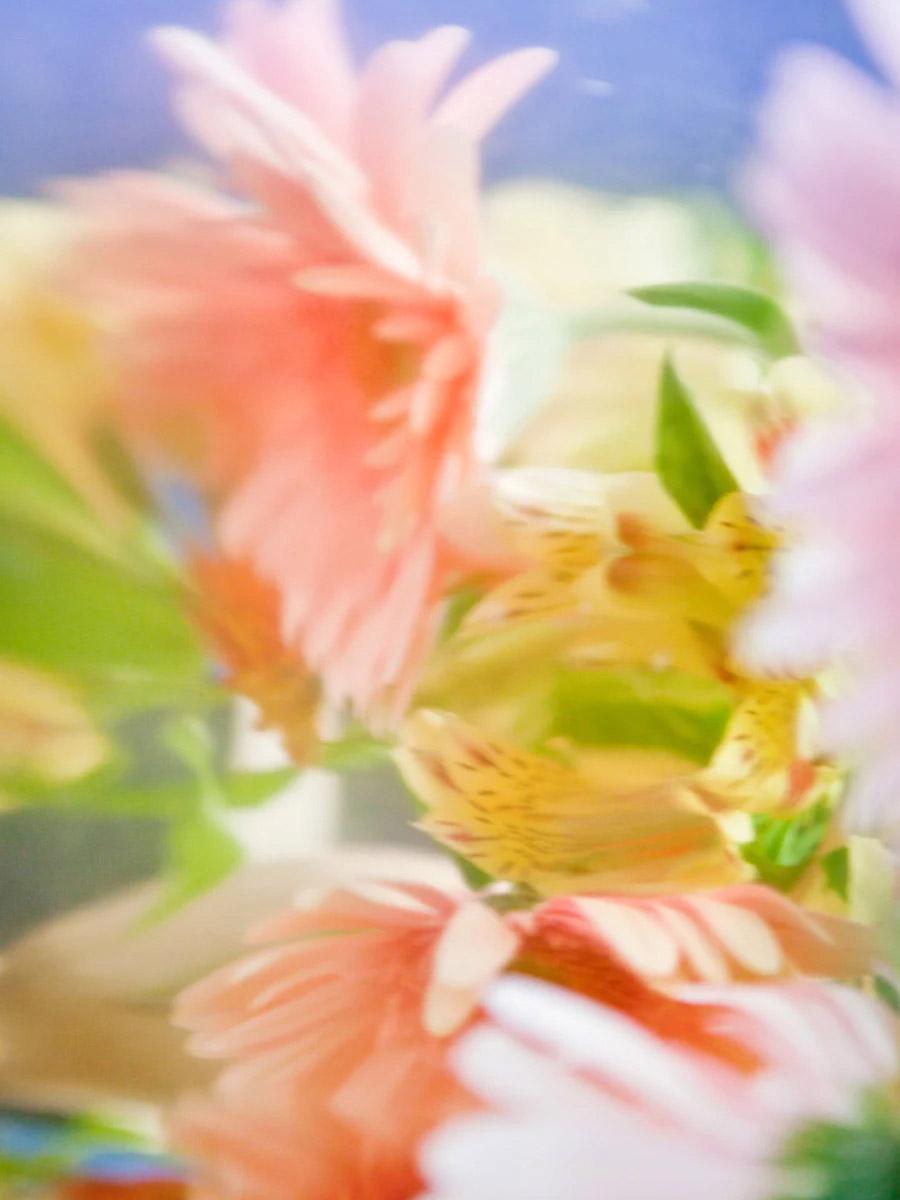
Distortion is one of Rousteau’s main resources when it comes to crafting his images, and according to him, the usage of this tool started out as a mistake: “I went to study photography in Vevey, Switzerland, a great school, very professional, with a high level of technical requirements. But rather than catching up on my technical skills, I made a list of all the mistakes that a good photographer should not make and I worked hard to include them in my practice. Because I wanted to show things differently, in a complex way. Because human vision is much more complex and blurred than a well exposed photo. So the reflections came out of a desire to change the way the camera records reality. I provoke optical illusions, chromatic aberrations, I play with scales. It’s a desire to mix digital art and pictorial references”.
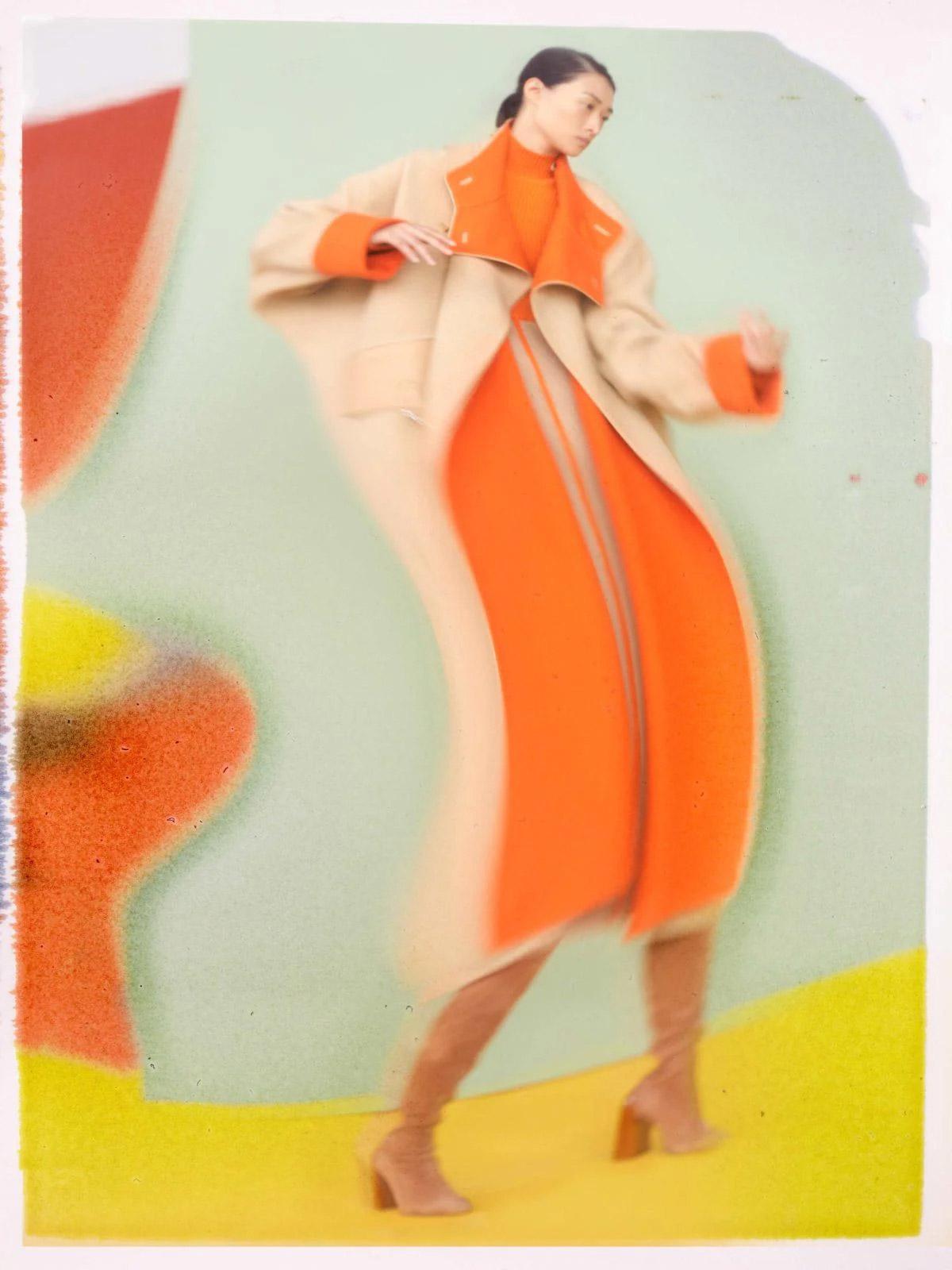
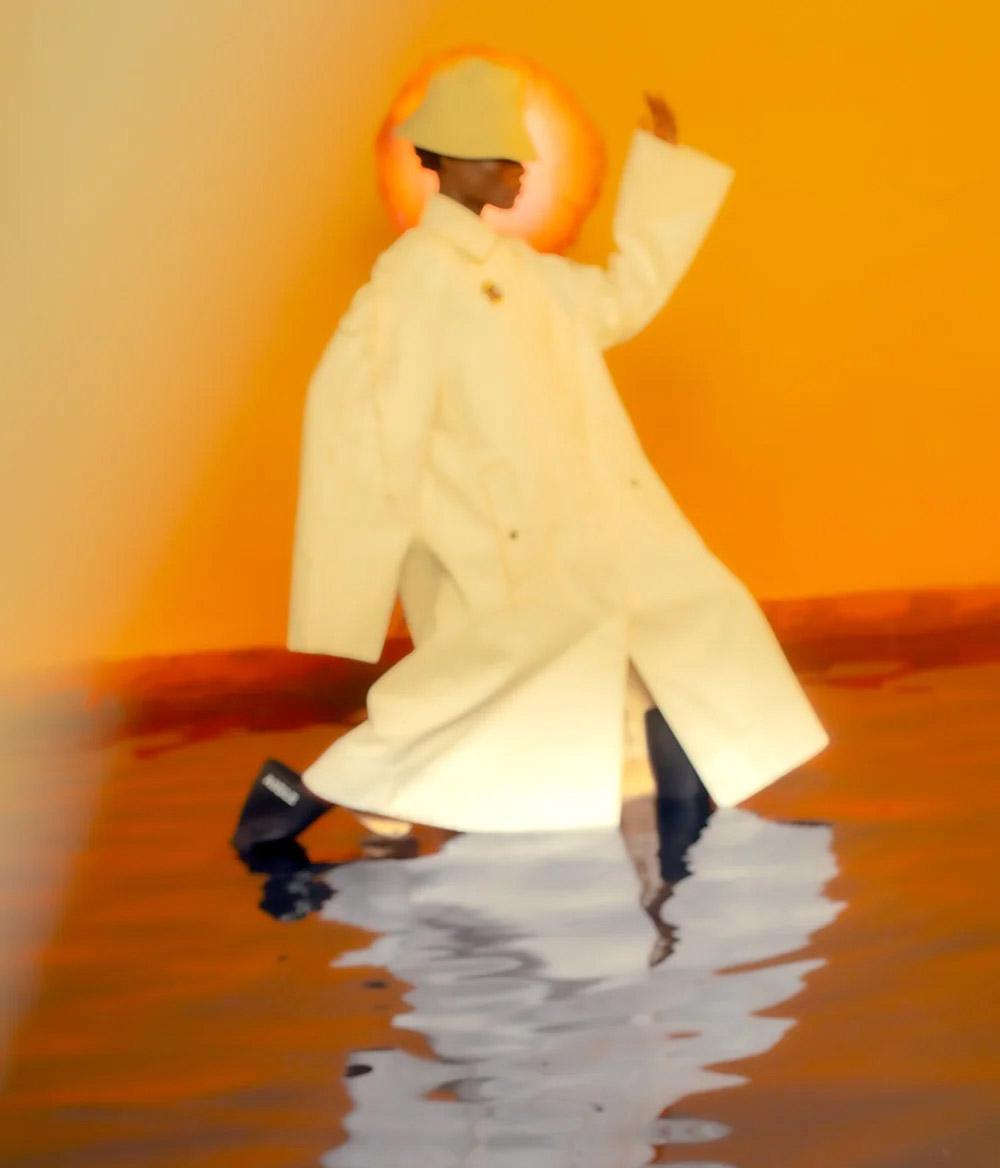
In his artistic path, he often let serendipity and casualty play their own role, as he let the images (and destiny, in a way) speak for themselves, basically going off the script he initially planned for his shots go off the window: “I always prepare my shoots with a feeling in mind, a range of colors, a light, a face. However, I keep the story and script undefined, because when I shoot, my attention is mainly focused on what will appear in or next to the frame. This allows me to change my intention. Serendipity, those “happy accidents”, are often richer and more genuine than a mood board or a predefined idea”. Color is another main resource used by Paul, alongside this distortion, and it has become one of his signatures: “Color is everything. I use bright, radiant colors because they visually capture the emotion I sometimes feel when I see the world and its beauty. These moments are epiphanies. By epiphanies I mean evidence of a manifestation from beyond, evidence of the miracle of creation”. Pierre Bonnard, Giotto, Emil Nolde, Fra Angelico, David Hockney, Picasso, and Hieronymus Bosch are amongst his idols, and we can certainly see their influence in his body of work, as he draws his inspiration mostly from painters instead of photographers, which explains the pictorial vibe of this photographs. “Instinctively, colors are the first elements I have present. They give me the emotion I’m trying to portray”, he says.


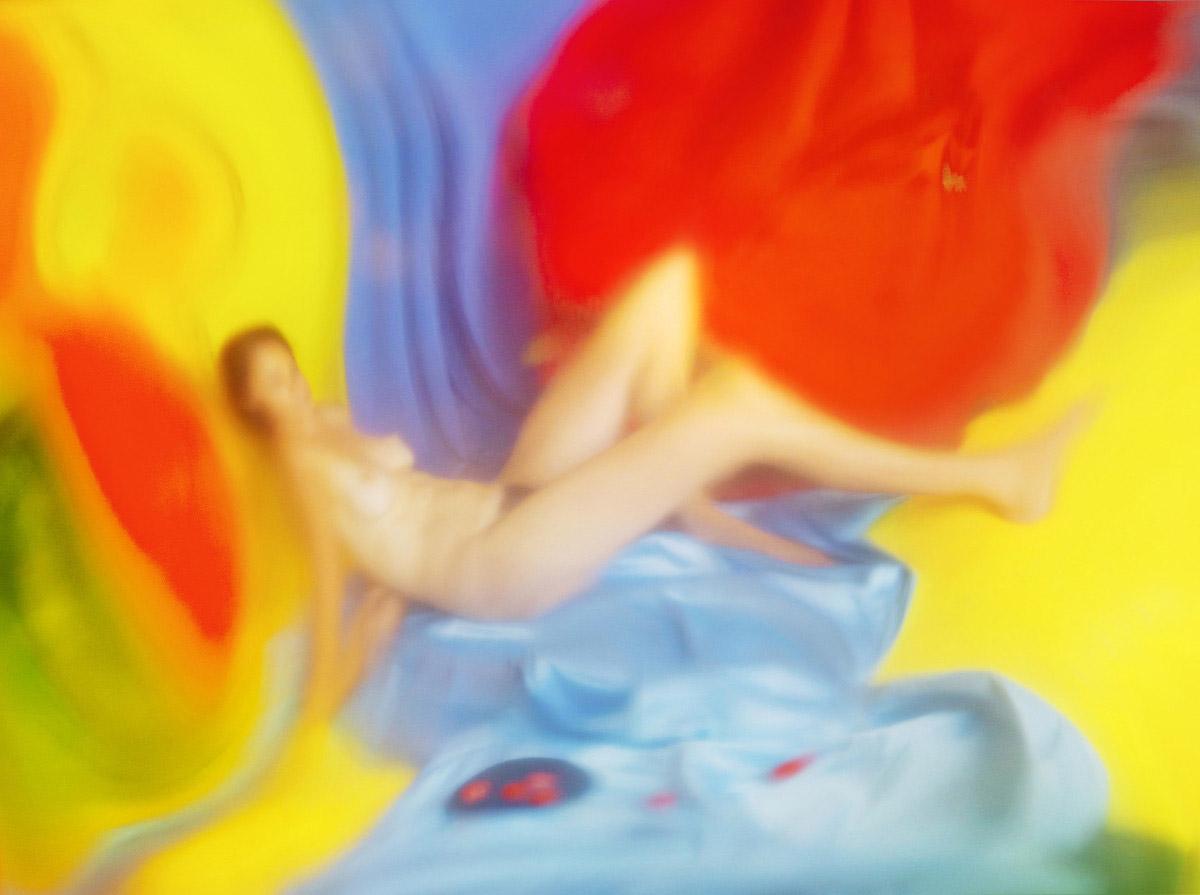
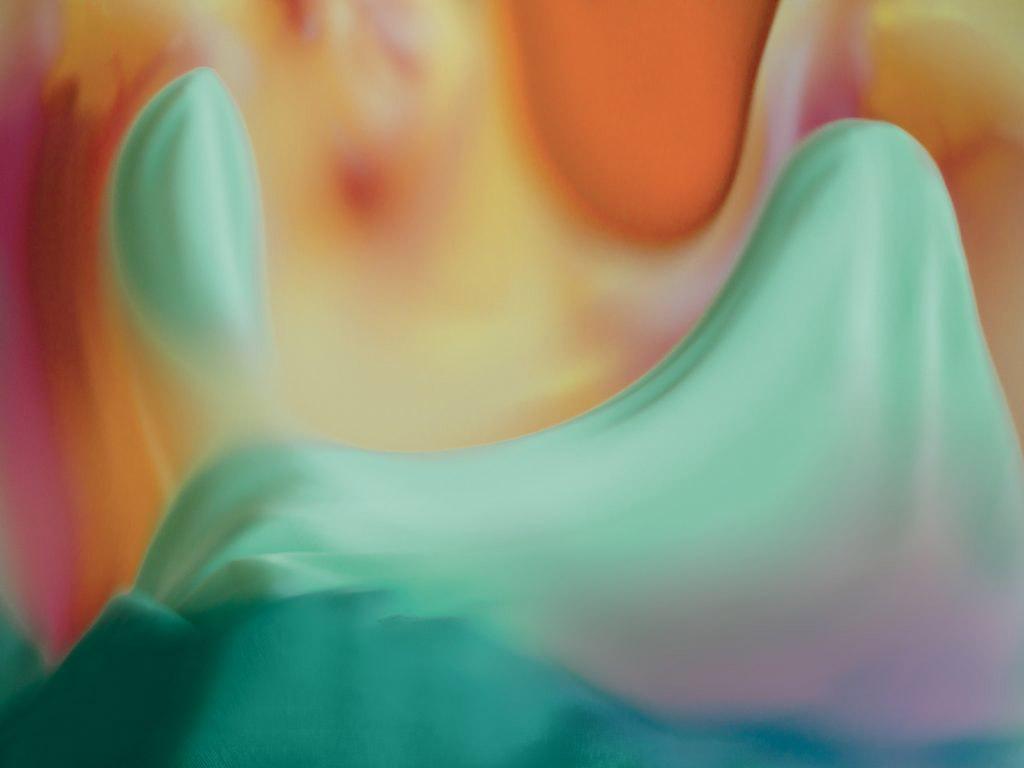
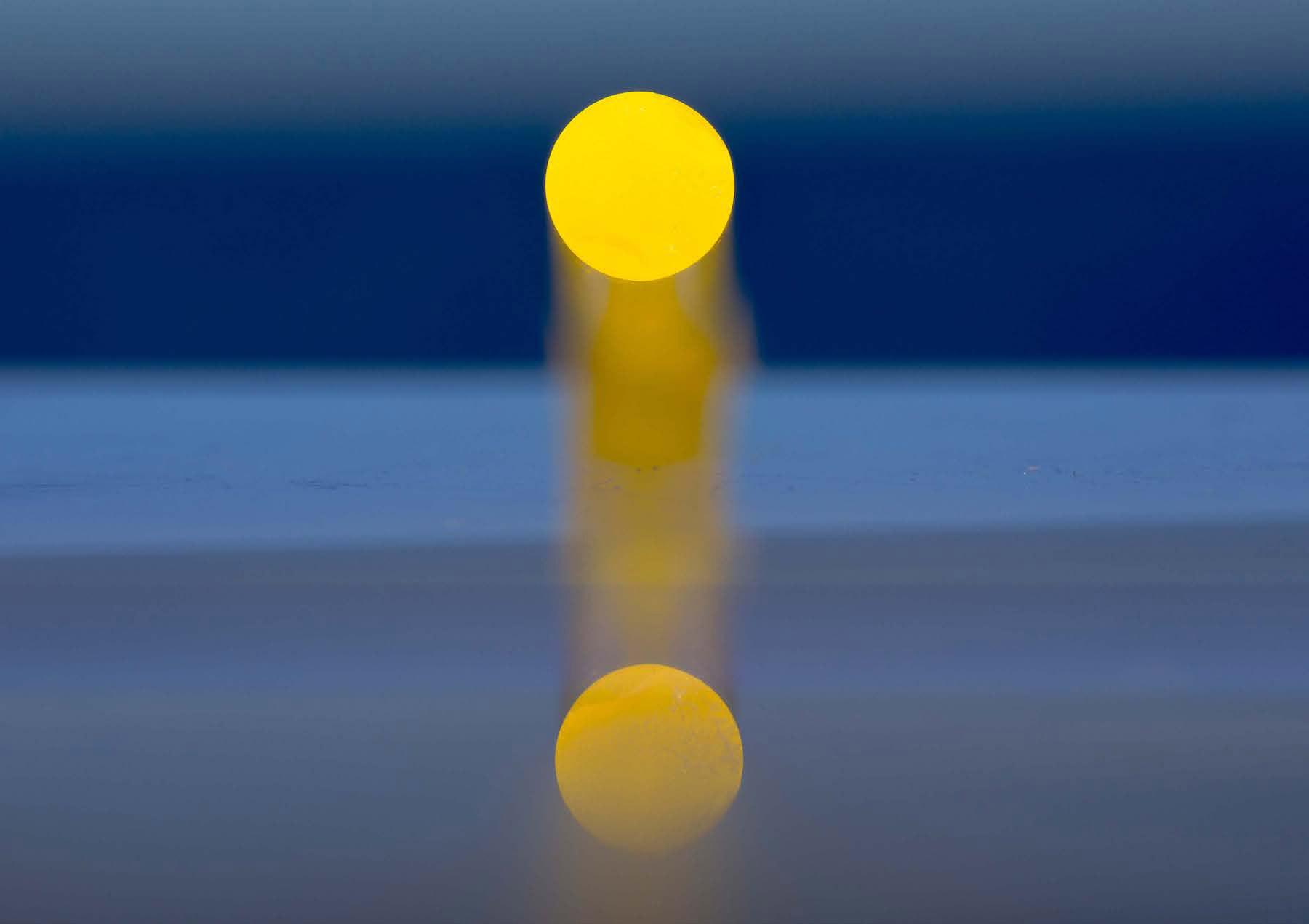
Les Nouveaux Riches asked Rousteau one of the most important questions you can ask a photographer: what does photography mean to you? To which he replied: “I describe myself like a “PEINTRE OISIF” (IDLE PAINTER), not only because I paint without having undergone the difficult learning process, but also because I want my images to be light, to look like they were easy to create, in a single act. When in fact it involves lots of work and very little idleness! With photography, I often try to show the invisible in my work. I don’t have any proof that a subtle world exists, but I create images that could illustrate it. The objects, people and landscapes I photograph are, paradoxically, a pretext to depict these allegories of the invisible”. As for his goal/mission as an artist, he says: “I want to share the contemplative state I sometimes experience with the viewer. This “pleasure of seeing”, these complex and intense emotions that are difficult to translate visually. That’s why I experiment a lot. Sometimes an image comes close to this feeling and reveals the grace of creation. So I keep it”.
All images attached to this article are not property of Lorem Ipsum and were crafted by the artists mentioned above.














